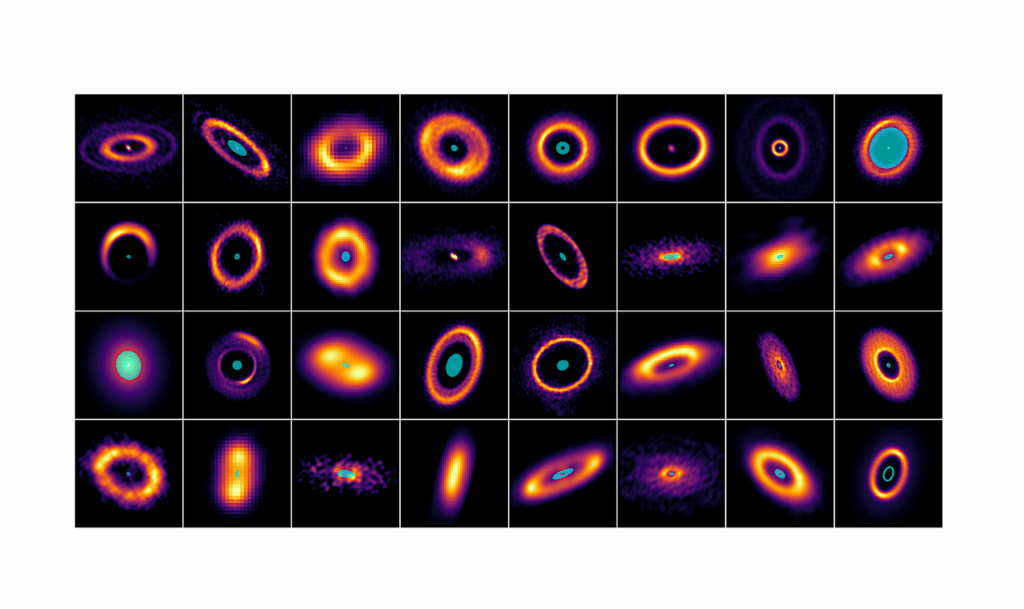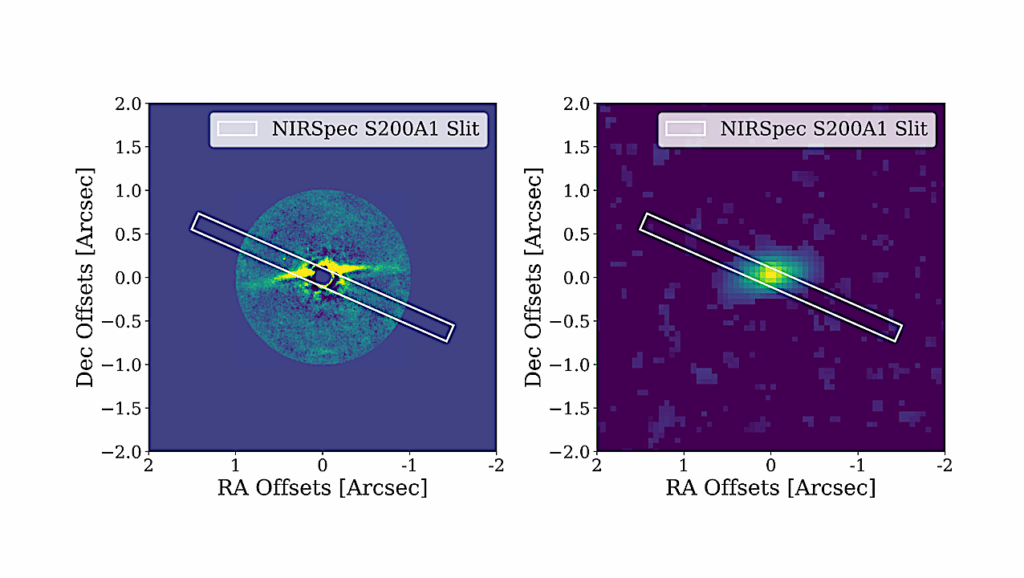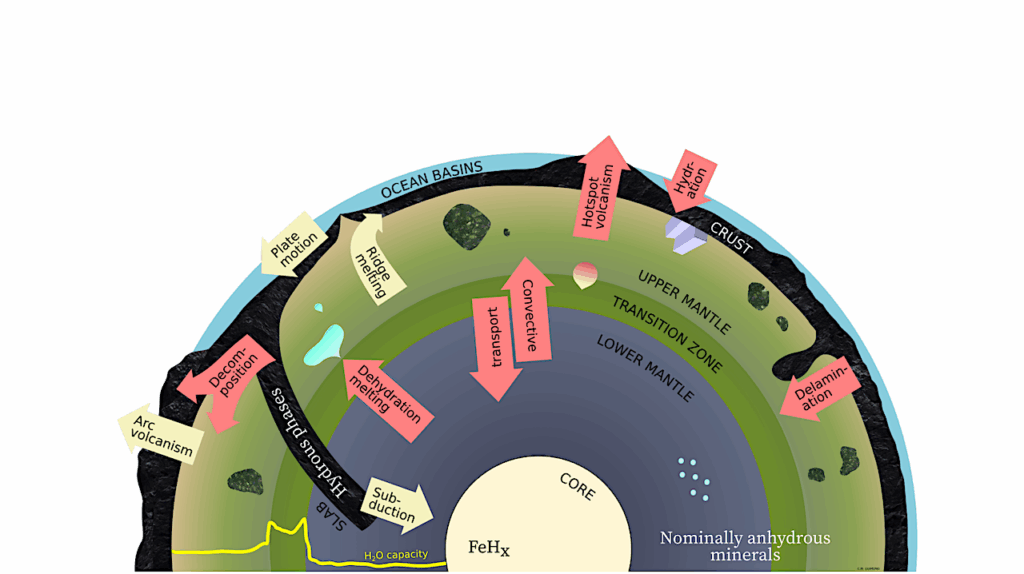White Smokers On The Floor Of The Dead Sea
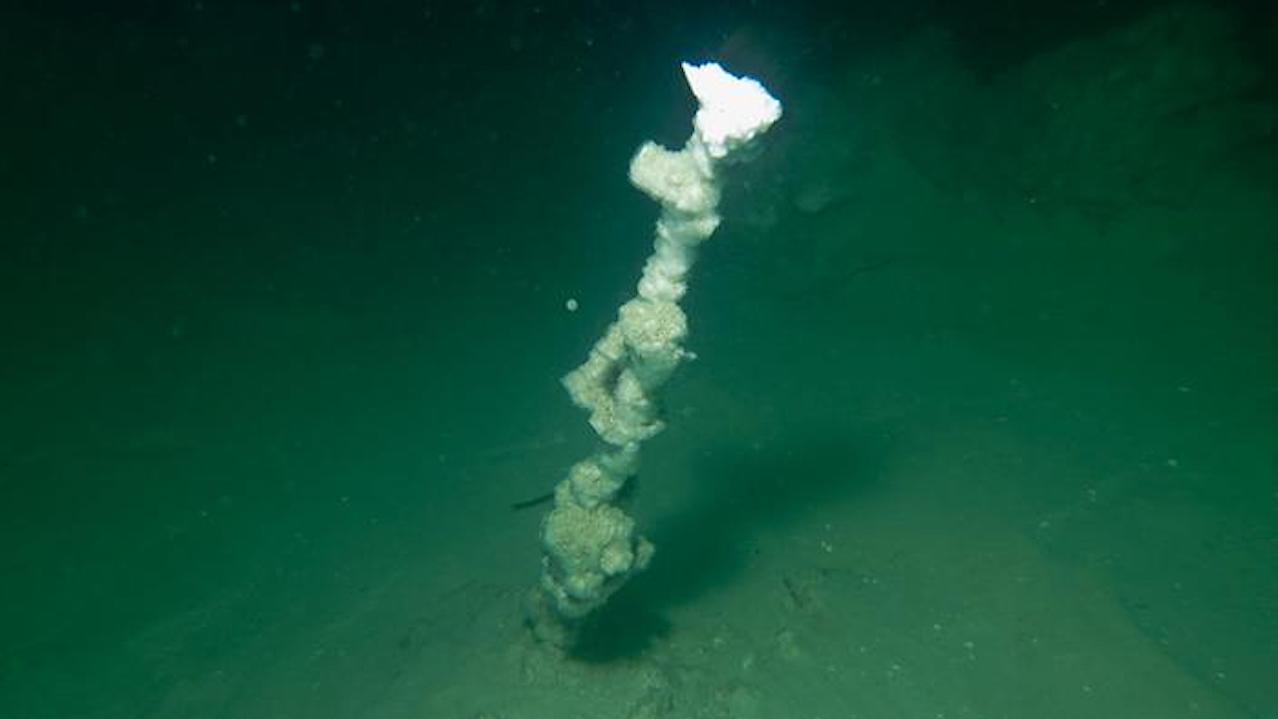
The Dead Sea is a highly dynamic system: Its level has been dropping by roughly one meter per year for more than 50 years, because it is cut off from key tributaries and is losing large quantities of water through evaporation as a result of drought and heat. The surface has thus dropped to roughly 438 meters below sea level.
This decline in the lake, which borders Israel, Jordan and the West Bank under Palestinian administration, has significant consequences, especially for the groundwater. The groundwater level is falling, making it increasingly difficult for neighbouring countries to access groundwater resources.
For many years, UFZ hydrogeologist Dr. Christian Siebert has been researching how the dynamics of the groundwater system in this region are changing and how aquifers are finding new paths in the rock strata both on land and below the Dead Sea.
A team of divers he deployed has now discovered chimney-shaped vents on the lake floor that discharge a shimmering fluid. “These bear a striking similarity to black smokers in the deep sea, but the system is completely different,” says the UFZ researcher. Scientists from the fields of mineralogy, geochemistry, geology, hydrology, remote sensing, microbiology and isotope chemistry from a total of ten research institutions were involved in investigating and analysing the phenomenon.

Graphical abstract — Science of The Total Environment
While black smokers along the mid-ocean ridge emit hot water containing sulphides at a depth of several thousand metres, the researchers in the Dead Sea discovered that highly saline groundwater flows out through the chimneys at the bottom of the lake. But where is the salt coming from? The explanation: The groundwater from the surrounding aquifers penetrates into the saline lake sediments, leaching out extremely old and thick layers of rock consisting mainly of the mineral halite. It then flows into the lake as brine.
“Because the density of this brine is somewhat lower than that of the water in the Dead Sea, it rises upwards like a jet. It looks like smoke, but it’s a saline fluid,” explains Christian Siebert.
Contact with the lake water causes the dissolved salts, especially the halite, to spontaneously crystallize after emerging from the lake bed, where it forms the vents observed for the first time in the world. These can grow by several centimetres within a single day. Many of the slender chimneys were one to two meters high, but they also include giants more than seven meters high, with a diameter of more than 2-3 meters.
Minuscule traces of 36Cl, a radioisotope from space, and the genetic verification of freshwater microbes in the water from the chimneys have shown that the white smokers have their origin in the aquifers in the surrounding area. The salts were thus not absorbed until the last few meters before the water entered the Dead Sea.
These white smokers are especially important because they can serve as an early warning indicator for sinkholes. These are subsidence craters up to 100 meters wide and up to 20 meters deep, thousands of which have formed along the Dead Sea in recent decades. They are formed by karstification of the subsoil, i.e. by the dissolution of massive layers of salt. This forms giant cavities above which the ground can collapse at any time.
“To date, no one can predict where the next sinkholes will occur. They are also life-threatening and pose a threat to agriculture and infrastructure,” says Christian Siebert. The research team was able to show that the chimneys had formed wherever the land surface subsequently collapsed over a large area and the karstification process had apparently been especially efficient.
“This makes the white smokers an outstanding forecasting tool for locating areas that are at risk of collapse in the near future,” he says. Autonomous watercraft equipped with multibeam echosounders or side-scanning sonar systems could be used to map the chimneys to a high degree of precision. “This would be the only method to date, and a highly efficient one, for identifying regions at risk of imminent collapse.”
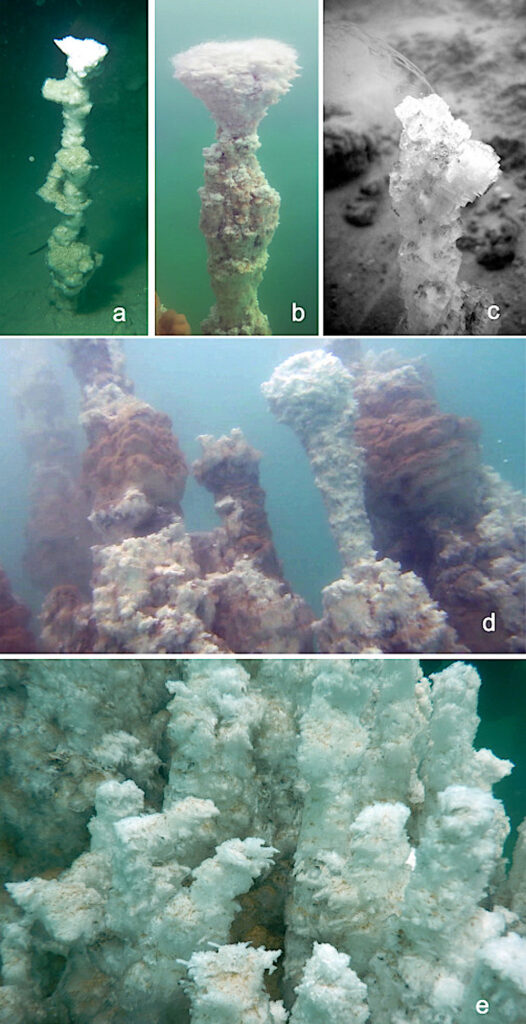
In situ images of the chimney clusters. Solitary “needle” at Darga spot (a); Most chimneys exhibit pronounced growth in girth and a clubbed, sinter-like crown (b); chimneys smoke due to buoyancy of chimney brine, whose density is lower than that of the Dead Sea brine, resulting in schlieren, the colourless smoke (c); chimneys in Jake’s Bay grow up to 7 m height, older parts are covered by suspended brownish sediments, while white parts are fresh developments (d); Assemblage of youngest chimneys of decimetre length, showing abundantly spiky dendritic crystallizations (e). — Science of The Total Environment
A new type of submarine chimneys built of halite, Science of The Total Environment (open access)
Astrobiology


